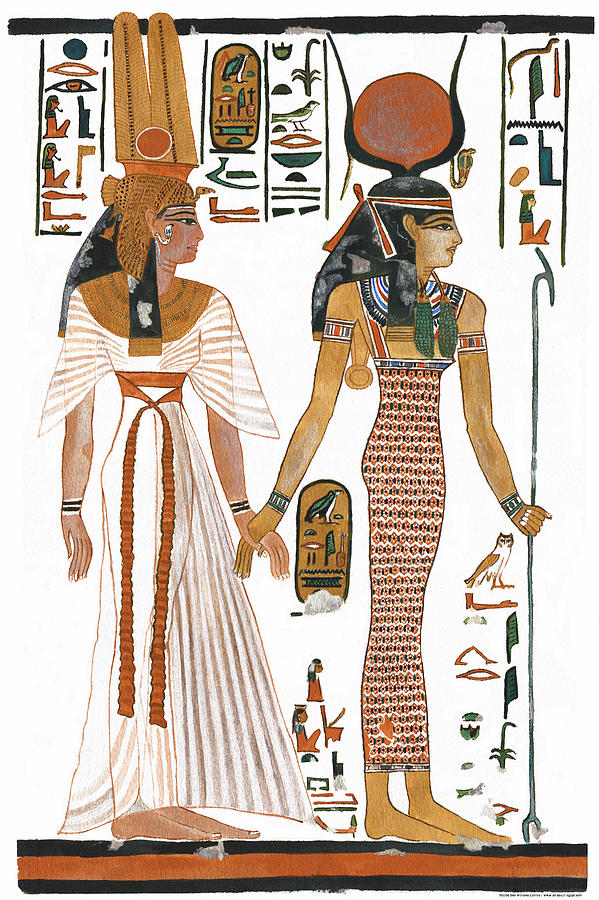A Journey through Art
From Egypt to Star Wars
Camille Paglia
(Vintage)
 You won't find any Mona Lisa or Sistine Chapel here. Paglia definitely has her own set tastes in art. There are two English dandies by Anthony van Dyck, a bleak sea-scape from Caspar David Friedrich, Andrea Doria (the admiral, not the ship) painted by Annolo Bronzino.
You won't find any Mona Lisa or Sistine Chapel here. Paglia definitely has her own set tastes in art. There are two English dandies by Anthony van Dyck, a bleak sea-scape from Caspar David Friedrich, Andrea Doria (the admiral, not the ship) painted by Annolo Bronzino.There's a marble figure that could have been created by Matisse: simple, elegant, anonymous --- from the Bronze Age --- found in one of Greek islands; a representation of Mary Magdalene from 15th Century Florence by Donatello; and from our contemporary era, a stunning "Portrait of Doctor Boucard" by Tamara de Lempicka.
Paglia's commentary is to the point, highly opinionated, and enlightening. For instance, she compares the 1929 Boucard painting to New York City skyscrapers and movies "from Cedric Gibbon's chic set designes to Busby Berkeley's kaleidoscopic dance routines." Her opinions on "offensive art" certainly strike a chord with those of us who despair of current artistic piddles. "The art world made a terrible strategic error in elevating partisan loyalties over the welfare of American art," she writes.
In automatically rushing to the defense of third-rate works like Andrew Serrano's Piss Christ (1987) and Chris Ofili's The Holy Virgin Mary (1996), it allowed itself to be defined in the public eye as an arrogant, insular fraternity with frivolous taste and debased standards.
§ § § Glittering Images is packed with interesting factoids: that Monet was "a workaholic" who ground out "two thousand oil paintings, six hundred drawings, and more than three thousand letters." He was bested by Pablo Picasso who may have produced over 50,000 different types of art in a variety of media. She claims that Picasso's most famous painting from his early years was "The Maidens of Avignon" ... but he loathed the title. He preferred "mon bordel" (my brothel).
Paglia is at her best with very early art. For instance, on "Queen Nefertari and the Godess" found in the Valley of the Queens in Luxor [See Fig. 1 above] she notes the inclusion of many symbols: "Hieroglyphics hang in midair, clusters of sharp pictograms of a rope, reed, bun, viper, owl, human leg, or mystic eye."
Clean and simple in form, Egyptian painted figures float in an abstract space that is neither here nor there. The background is coolly blank. Everything is flattened into the foreground, an eternal present where serenely smiling pharaohs offer incense and spools of flax to the gods or drive their chariot wheels over fallen foes.
She offers up a few forgotten contemporary artists, like one of the Expressionists from Weimar, George Grosz, whose bleak drawings grew out of the misery of post-WWI Germany. "Freut Euch des Lebens!" Life Makes You Happy! is certainly one one of the most pained, misery-laden drawings of all time. Grosz was prosecuted later for blasphemy when he sketched a crucified Christ in "gas mask and army boots." [See Fig. 2 below.]
Sometimes Paglia's commentaries get out of hand. Her over-the-top take on "Les Demoiselles d'Avignon" asks the viewer if a castration has occurred between the five figures, and opines, "Yes, whores are meat on the rack. But the bladelike leg resting on the floor suggests it is the lady's clients who have been butchered, their blood washing down onto her sturdy, mannish foot."
When we read that the painting was considered to be Picasso's "greatest painting until his political protest mural, Guernica," it brought to mind the contrary view of Buñuel, who wrote,
I can't stand Guernica (which I nevertheless helped to hang). Everything about it makes me uncomfortable --- the grandiloquent technique as well as the way it politicizes art. Both Alberti and José Bergamín share my aversion; in fact, all three of us would be delighted to blow up the painting.
§ § §
No one ever ventured to say that Paglia is not opinionated, often awkwardly so. Her passionate defense of Jackson Pollock rambles on for six pages. In this she manages to demean one of his religious heroes (she refers to the humble mystic Krishnamurti as "dandyish"). Her canonization of Eleanor Antin and the Conceptual artwork, 100 Boots, extends for nine pages, and includes more photographs than are given to any other of the almost thirty artists included in Glittering Images. 100 Boots consists of fifty pairs of cheap black rubber boots standing empty in front of a bank in Southern California, lined up along a road in Sorrento Valley (next to a flock of geese), and standing randomly in pairs on a field at Terminal Island. These photographs were mailed as black-and-white picture photographs "to a thousand people in arts, letters and media." They may be droll, funny even ... but are scarcely high art.
Paglia's essay on Titian's "Venus with a Mirror" becomes a bit surrealistic itself when she sees two angels who"support her sexual ecosystem:"
the cupid's raised crown echoes the crescent of fur above Venus's pubis, and a dangling bow on the other cupid's chiffon sash looks mischievously like a scrotum and uncut penis.
Even more bizarre is the built-in contradiction. In this volume, the pictures measure no more than six by six (inches), yet in her review of a 1930 painting by Piet Mondrian, she states unequivocally that "What reproductions cannot catch is the texture of Mondrian's brushstrokes, grooving his whites in contrasting directions." And of the 1949 "Untitled (Green Silver),"
Pollock's colossal paintings are impossible to appreciate in reproductions, which shrink them to a dismal page.
--- Lolita Lark